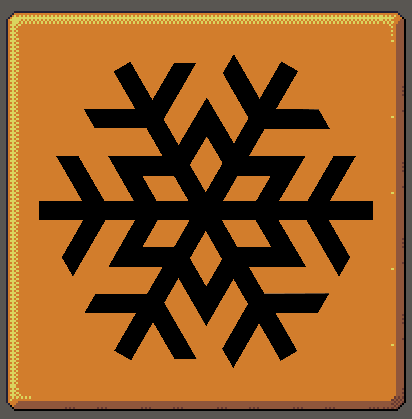Permafrost - Wikipedia
From Permafrost, a Colony Survival Simulator
This is the main wikipedia page of the Permafrost game
Permafrost is Colony Survival Sim, where you will have to lead a brave band of survivors through the hellish snowscape of a post-apocalyptic Earth; brought about by the genocidal acts of a rogue A.I that seeks to snuff out all human life. Take control of a small group of humans as they attempt to colonize the area around a defective Cooling Tower and help carve out a place for them in this brave new world. However, faced with the unbridled force of the elements; an unfamiliar, untamed fauna; as well as the looming threat of the Rogue A.I, simply surviving will prove to be a nigh impossible feat.
Concept
Permafrost is a single player strategy game where a player controls a group of characters with the aim to manage resources to achieve survival. Our concept is, top down colony management and survival game set in a distant future. The player will be expected to use gameplay mechanics to manage resources within the colony. Progression will be met with increased difficulty with random enemy encounters and changes to weather conditions.
Story
Permafrost is set in a post-apocalyptic future. In an attempt to save the world from global warming, humanity built a global system of cooling towers. This however, allowed the AI controlling the towers to overthrow humanity by freezing the earth. The game is set after these events in a hostile frozen wasteland, with humankind fighting for survival. From there the emergent story will be the focus as every game decision is up to the player. The game will start with an introductory cutscene explaining the events leading the present day.
Graphics
Permafrost will be a 2D top down 3/4 view game. This is sometimes called the “RPG View” and we feel is best suited for this type of strategy game. The game will feature an overlay UI along the edges of the screen and will support UI elements such as drop-down menus anywhere on the screen. Each tile will be a 64x64 texture with muted colours to fit the game’s atmosphere. The game will contain several textures for multiple different terrain types.
The graphics of the game will be reflective of the game’s atmosphere and will give the player the sense of the cold and warm that the colonists encounter in different scenarios. Warmer regions will have warmer colours, Colder areas will have colder and desaturated colours. Other effects such as vignette, overlaid precipitation particle effects will be used to add to the atmosphere of the game.
Gameplay
The world will consist of procedurally generated zones. Each zone is of a fixed size of 50x50 tiles. Each tile will have one of many terrain types. Interactable objects are located in each zone, each with a different probability of appearing in a given zone.
An Interactable object is an object that exists in the game world and can be interacted with by colonists. Interacting with an object this way will provide a resource such as food. Some interactable will require a specific item or tool to be interacted with in certain ways.
Examples of some non-moveable interactables are:
1. Trees
2. Bushes
3. Wild grass
4. Stashes or storage boxes
Interactables may have multiple options for which actions can be performed. eg.a Tree could be burned, chopped down, tapped, or its fruit harvested.
Interactable objects could also be mobile. For example
- Passive animals: rabbits, pigs, sheep, etc.
- Hostile enemies: Polar bears, Robots, Aggressive Humans etc. Hostile enemies will be encountered frequently in many zones that the player may explore. Each zone has a chance of containing a number of both passive and hostile creatures.
Controls
The game will have three main control schemes:
1. Mouse click and drag controls for panning the camera. UI elements for cycling between colonists and issuing instructions.
2. WASD for panning camera, Hotkeys for cycling through colonists. Hotkeys for issuing instructions and to cycle between buildings.
All keyboard keys and mouse behaviour will be customizable through the options menu.
Instructions will be given to colonists through the control schemes mentioned above. UI elements will be used to allow for selection of different actions, colonists, and interactable (buildings, animals, trees etc.)
The intended control experience sees the player utilizing primarily the mouse input options but providing keyboard shortcuts and options for more experienced players who want a quicker method for interacting with the game.
We are not prioritising controller support since we don’t believe that it is a good match for gameplay, however it may be a feature that we rereview later on in development.

